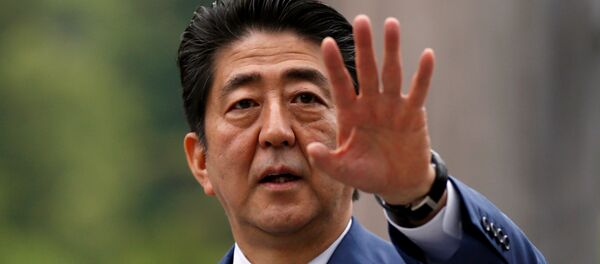Today, Japan’s top ten conventional energy companies, including Tokyo Electric Power Company, Inc. (Tepco), which owned the Fukushima plant, are providing regular contributions to the Nuclear Damage Compensation and Decommissioning Facilitation Corp., established following the March 2011 disaster.
The agency has also designed a new system that would force Tepco, Japan’s largest electric utility, to allocate its excess profits to a fund dealing with the decommissioning of the Fukushima facilities’ reactors.
Under current legislation, Tepco’s extra profits are returned to customers in the form of lowered electricity bills. METI noted that customers should have to share responsibility for the liquidation of the disaster aftermath, as they have long benefited from nuclear power.
In the meantime, the costs for relieving the disaster’s consequences continue to surge. Expenditures on cleanup of the meltdown site have already exceeded the two trillion yen that the government had hoped to spend on it.
By the end of the 2015 fiscal year, some 4.2 trillion yen had been spent to decommission the reactor, compensate victims and carry out radioactive decontamination at the meltdown spot.
Tepco’s efforts to prevent the contamination of underground water with frozen soil barriers have not been fruitful so far, however, suggesting that new solutions and new transactions are required.
METI has estimated that cleanup and decommissioning efforts will likely take more than 30 years to complete.
The Fukushima Daichii plant’s reactors melted down after the Great East Japan Earthquake, followed by a disastrous tsunami. It was the most significant nuclear disaster since the Chernobyl catastrophe in 1986.




